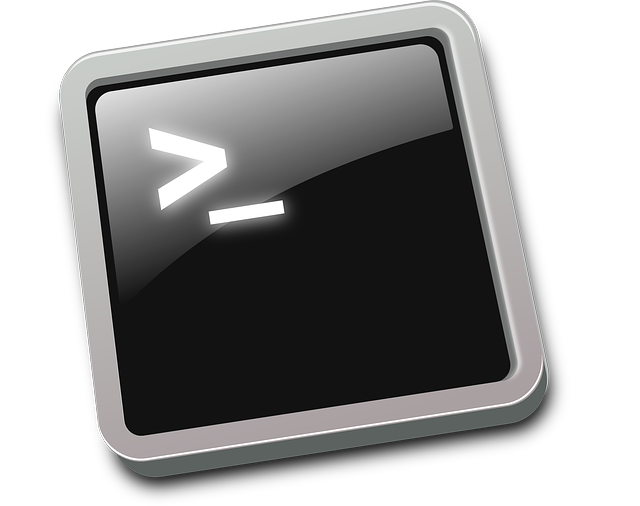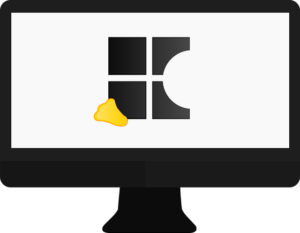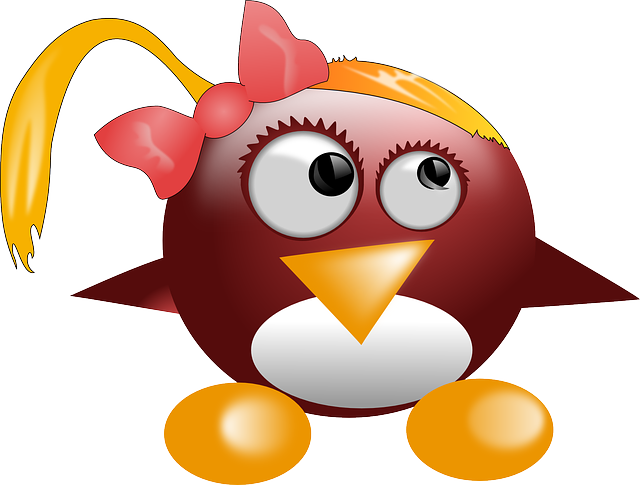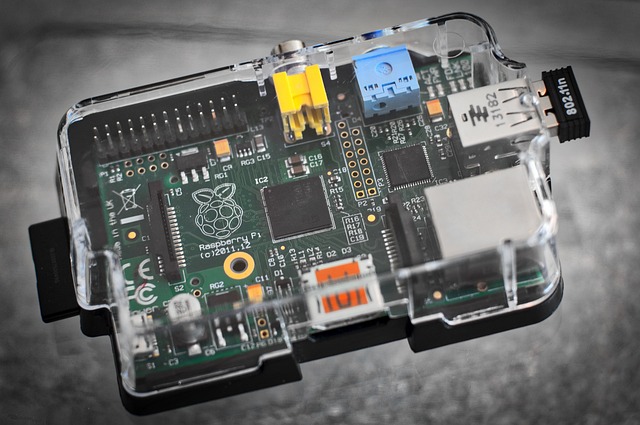Embark on a journey into the robust world of open source computing with our comprehensive exploration of Linux operating systems tailored for engineers. This article delves into the engineering advantage presented by Linux’s unparalleled customization and optimization capabilities, illuminating its applications through real-world case studies. Uncover the potential of Linux for Engineers and elevate your technical prowess.
- Linux Operating Systems: A Comprehensive Guide for Engineers
- The Engineering Advantage: Customizing and Optimizing Linux
- Real-World Applications: Case Studies of Linux in Engineering Projects
Linux Operating Systems: A Comprehensive Guide for Engineers

The Engineering Advantage: Customizing and Optimizing Linux

Real-World Applications: Case Studies of Linux in Engineering Projects

Engineers across various disciplines have increasingly turned to Linux as a robust and versatile open-source operating system that powers their projects and systems. In the realm of hardware engineering, for instance, the compatibility and flexibility of Linux with different types of hardware make it an ideal choice for developing embedded systems. A case in point is the use of Linux in automotive engineering, where it underpins the real-time operating systems of modern vehicles. This is evident in projects like the Porsche Panamista, which utilizes a Linux-based infotainment system that seamlessly integrates with vehicle functions. In the field of robotics, Linux provides a stable foundation for the sophisticated algorithms and sensor fusion required for autonomous systems. A notable example is the use of Yocto Project, a Linux-based toolchain for building custom Linux distributions, in constructing robots that can navigate complex environments. This not only demonstrates Linux’s capability to handle real-time computing tasks but also its adaptability to specialized engineering applications. Similarly, in software engineering, Linux serves as the backbone for cloud-native solutions and microservices architectures, facilitating scalable and reliable systems. The open-source nature of Linux also fosters a collaborative environment where engineers can contribute to and benefit from continuous improvements and innovations, ensuring that their projects remain at the cutting edge of technology.


























